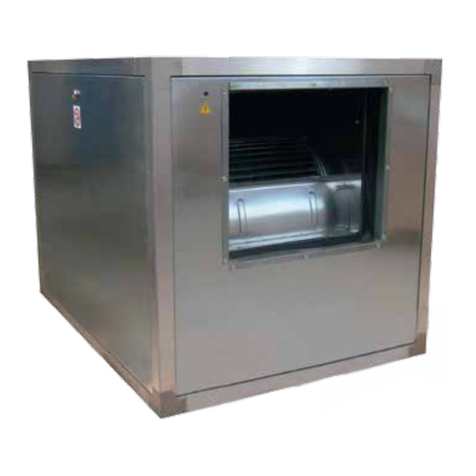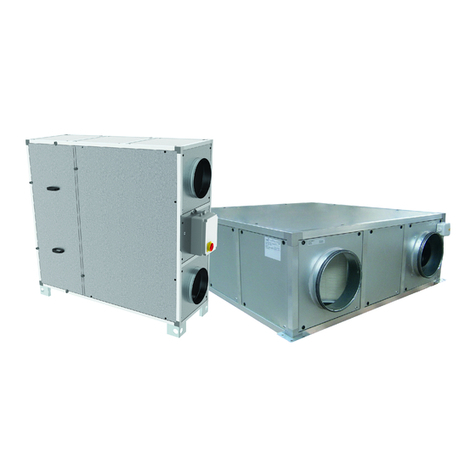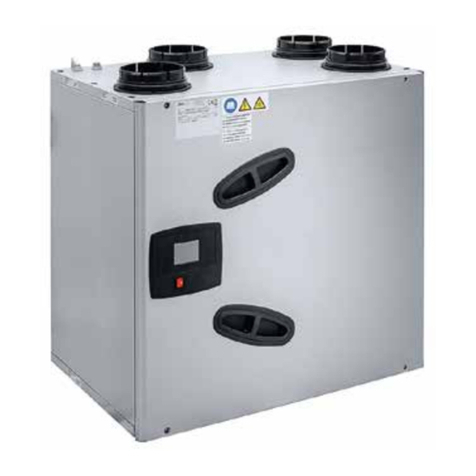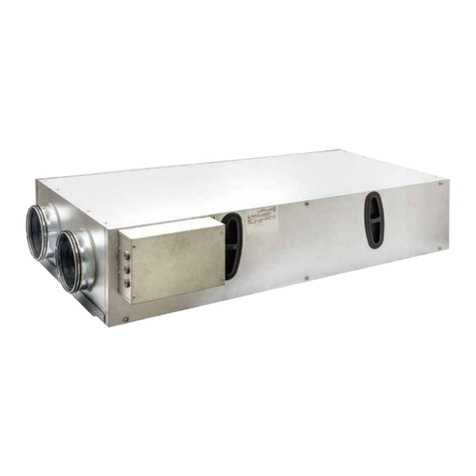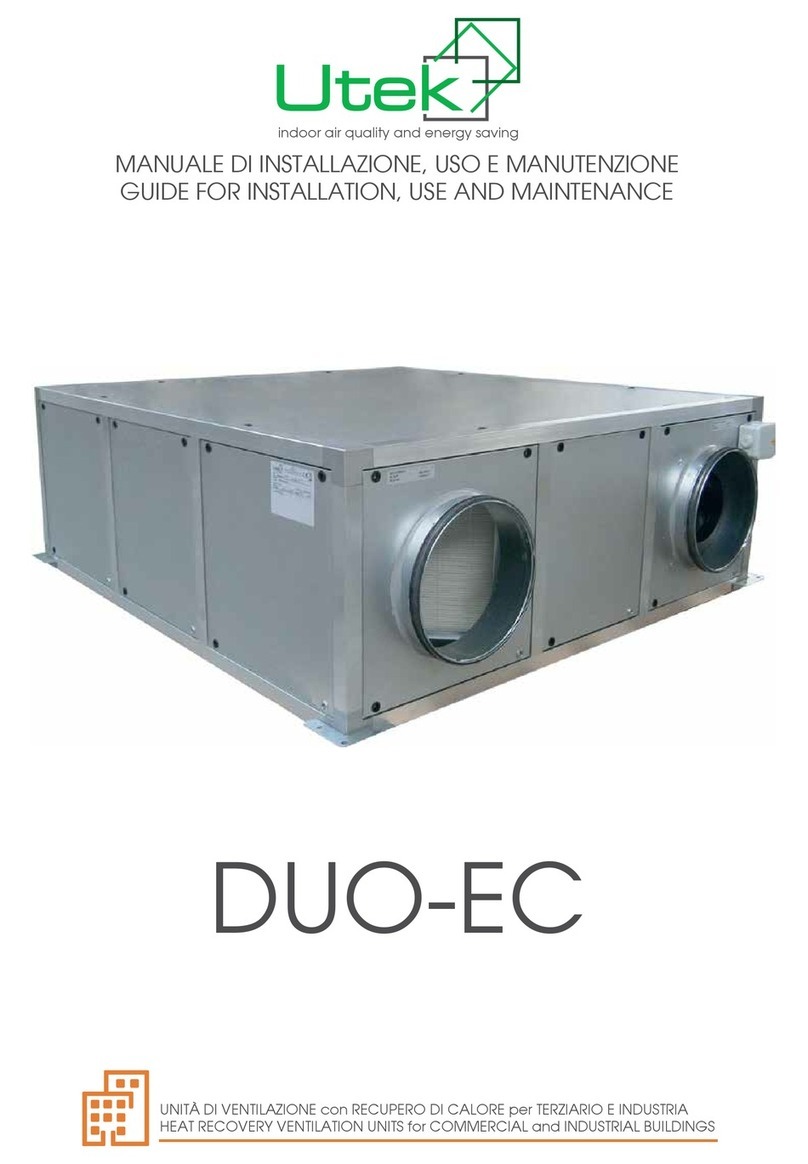1. GENERAL INFORMATION
1.1 INTRODUCTION
The purpose of this manual is to easily guide you through the
installation and management of your device. The following tips
will help you achieve the best possible performance of the
product you purchased. Thank you for choosing our product.
Read the instructions contained in this handbook carefully
before operating this unit. Do not install or operate the unit
unless you have read and fully understood the entire contents
of this manual. Please make sure you take all precautions listed
in the manual. When installing the unit, please take into
account not only the technical requirements necessary to
ensure its proper operation, but also any local laws and speci-
fic requirements in force. Make sure that the unit has not been
damaged in any way during shipment. If the unit is noticeably
damaged at the time of delivery, make a note on the freight
bill before signing it. This manual reflects the state-of-the-art at
the time the machine is placed on the market and cannot be
considered inadequate just because of further update accor-
ding to new experience. The Manufacturer reserves the right to
make changes to the production and manuals without being
obliged to update the ones previously supplied, except where
exceptional circumstances exist. For further information, upda-
tes on the technical documentation and proposals on how to
improve this manual, please do not hesitate to contact the
Manufacturer's Sales Office. All proposals will be thoroughly
examined by our staff.
1.2 FUNDAMENTAL SAFEY RULES
We remind you that the use of products made up of power
components and moving mechanical parts implies some
fundamental safety rules to comply with:
-This unit is not intended for use by disabled and infirm people
without supervision.
-Do not touch the unit with wet or damp hands and bare feet.
-Always switch off and disconnect the unit from the mains grid
before carrying out any cleaning operations.
-Do not perform any changes to the safety or adjusting
devices without the Manufacturer's prior authorisation and
instructions.
-Do not pull, remove and twist any electrical cables coming
out from the unit, even though the latter is disconnected from
the mains grid.
-Do not allow objects and chemical substances to enter the
inlet and outlet grilles.
-Always switch off the unit before opening the doors that allow
access to the unit internal
components.
-Do not leave the packaging material within the reach of
children as it could represent a potential source of harm.
-Maintain a safe distance between the machine and other
equipment to allow sufficient room for maintenance and
service operations as described in this handbook.
-Cables of adequate cross section must be used to power
the unit. Voltage and frequency values must correspond to
those referred to for the respective machines; all machines
must be connected to ground according to the laws and
regulations in force in the different countries.
1.3 SYMBOLS
The symbols shown in this handbook provide the User with
the information needed to properly operate the unit.
Safety symbols
CAUTION, AUTHORIZED PERSONNEL ONLY
The symbol alerts the User that the actions are crucial to
ensure the safe operation of the machines.
DANGER, ELECTRIC SHOCK RISK
The symbol alerts the User that the non-compliance with
safety rules may result in electric shock.
DANGER
The symbol alerts the User that the non-compliance with
safety rules may result in a risk of
injury to people exposed
WARNING
The symbol alerts the User that the non-compliance with
safety rules may result in a risk of
damage to the unit or system.
1.4 WARNING SIGNS
The installation of the unit must only be carried out by quali-
fied personnel according to the laws and regulations in
force in the different countries. If not carried out correctly,
the installation may result in a potentially hazardous situa-
tion.
You should avoid installing the unit in moist rooms or near
sources of heat.
3






